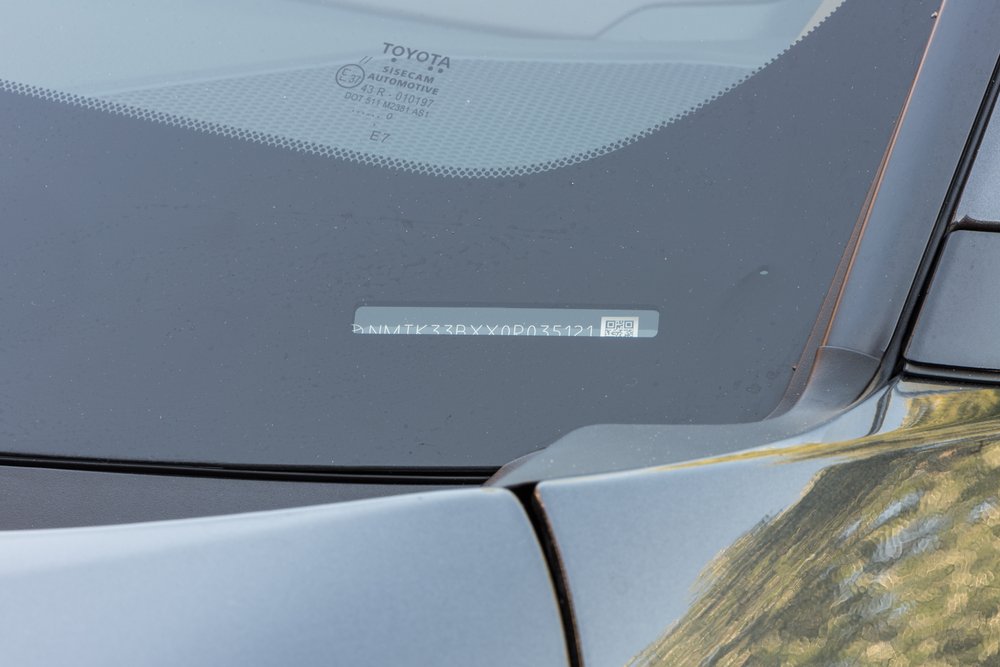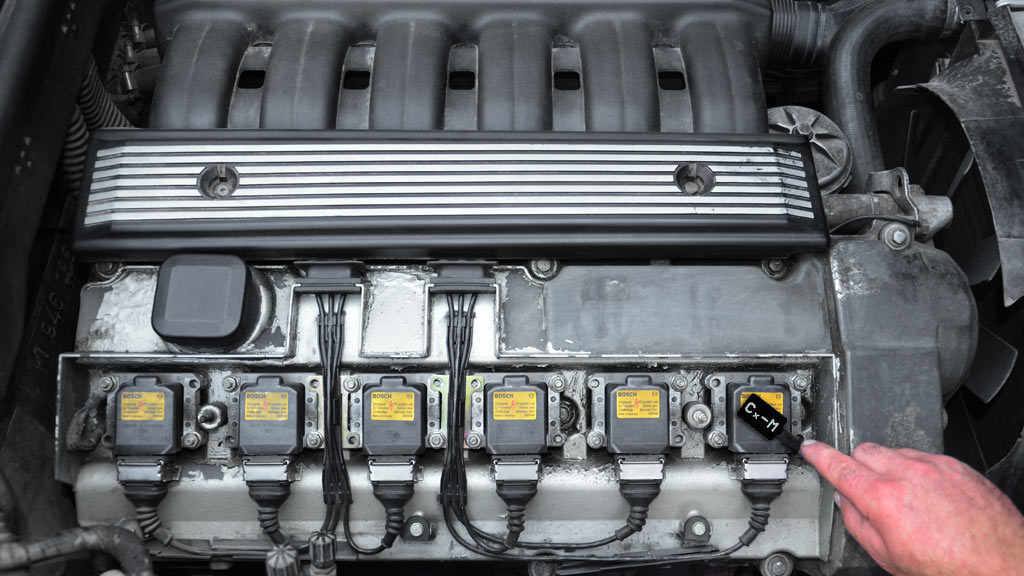Navigating Car Parts Identification Through VIN
Have you seen an alphanumeric imprint on your driver’s side door jamb, dashboard, or vehicle registration and wonder what it’s for? That’s your VIN, and it’s more than a regular serial number.
A VIN is a 17-character code assigned to every vehicle to hold vehicle history, help drivers accurately identify auto parts, facilitate maintenance, and help manufacturers identify car owners during recalls.
It’s frustrating to have to return auto parts due to a mismatch. However, the VIN provides a fail-safe technique for vehicle parts procurement. This blog post will help you eliminate guesswork and identify fitting car parts using VIN.
What is the VIN?
VIN stands for Vehicle Identification Number and is a 17-character code in which all information about the vehicle is found. The VIN characters are categorized as follows:
- World Manufacturer Identifier (WMI)- Characters 1-3: This carries the country of production, the production company as well as vehicle type.
- Vehicle Descriptor Section (VDS): Characters 4-8: Here, some vital information is found such as the model of the vehicle, the body type, the nature of the engine, and even the color.
- Vehicle Identifier Section (VIS): Characters 9-17: This section includes a security check number (9th character), the year of that particular model (10th character), the assembly plant (11th character), and the vehicle’s serial number (characters 12-17).
As seen above, each area of the VIN harbors specific information about the vehicle such as:
- Country Code: Tells where the vehicle was manufactured.
- Manufacturer: Tells you the company that manufactured the vehicle.
- Vehicle Attributes: Gives information about the vehicle type and size.
- Check Digit: This is used to authenticate the VIN.
- Model Year: Indicates the year the vehicle was manufactured.
- Assembly Plant: Identifies where the vehicle was assembled.
- Serial Number: To distinguish every vehicle from the other.
The VIN from this breakdown is very vital for various reasons. From registration of vehicles to tracking, parts procurement, and even tracking its history. For optimum performance of a car, it’s ideal to use VIN to order its parts during repairs and maintenance.

Why VIN Matters in Auto Parts Identification?
To get the best auto parts suitable for your vehicle during repairs and maintenance, it is imperative to work with the VIN. Below are some reasons why it’s essential to do so, and the reasons are classified into challenges and benefits.
Challenges Without VIN-Based Identification
When you do not use VIN-based identification you set yourself up for poor outcomes. You’ll likely waste time, effort, and funds and end up frustrated with ill-fitting parts. Below are a few challenges that you may encounter:
- Incorrect Parts: Getting parts without doing a VIN search can pose a problem for the owner as there’s a very high chance of getting the wrong part for a particular vehicle. This can lead to damage to the vehicle or even worse, put passenger lives at risk.
- Wasted Time: Vehicle owners will spend more time getting parts when they don’t search with VIN. This is because they are likely to get the wrong parts and have to go back for a change.
- Wasted Money: Purchasing the wrong vehicle part can incur more costs for the owner. In some cases, the sales outlet might even have a non-refundable policy.
Benefits of VIN-Based Identification
The benefits of VIN-based identification are not far-fetched. Some of them include:
- Precision: Searching parts using VIN makes it easy to get the exact part needed for a particular vehicle since details about that vehicle are in the VIN.
- Efficiency: Using VIN for parts procurement makes repairs and maintenance easy and straightforward.
- Cost-Effectiveness: VIN-based identification saves cost as it cancels the hassle of purchasing wrong parts, and having to spend more money changing it.
How to Decode a VIN?
Decoding a Vehicle Identification Number is quite an easy process with the help of a VIN decoder. The process is as follows:
- Locate the VIN: The VIN is usually found on the dashboard, at the base of the windshield, or by the driver’s door. It can also be found on the engine of your vehicle.
- Choose a VIN Decoder: There are various options for online VIN decoders. The most common is the Traffic Safety Administration’s VIN decoder.
- Enter the VIN: Go to the VIN decoder website of your choice and enter the 17-character VIN in the appropriate search bar. Enter the ‘Decode’ button to submit the VIN for decoding. The decoder will process the VIN and display the information embedded in it.
- Review the Information: Every detailed information about the car will be displayed to you, including the manufacturer, assembly plant, country of origin, year of model, body type, engine type as well as serial number.
- Interpret the Results: The information displayed to you will help you understand everything about your vehicle and as well inform you of car part specifications.
Identifying Auto Parts Using VIN
The Vehicle Identification Number (VIN) is very crucial when identifying specific vehicle parts, and ensuring they are compatible with your vehicle. Let’s see how VIN is used to identify some vehicle parts. Some of the important auto parts Identified through the VIN include:
- Engine: The VIN can reveal the engine type, the size, as well as its specifications.
- Transmission: The VIN also specifies the vehicle’s mode of transmission, whether manual or automatic.
- Brakes: The VIN can help identify the correct brake system components for your vehicle.
Takeaway
Using the VIN doesn’t just help you get the right part for your vehicle. In cases where a vehicle part has gone through a series of revisions for a particular model, it guides you to purchase fitting auto parts. And, not similar parts for another model of that same vehicle.
In other words, it removes guesswork and offers precision in parts purchases.
The VIN helps you to save time and cost, as well as helping you maintain your car for the best performance. So when next you want to purchase parts for your car, identify the part using the VIN of your car. You’re welcome!














